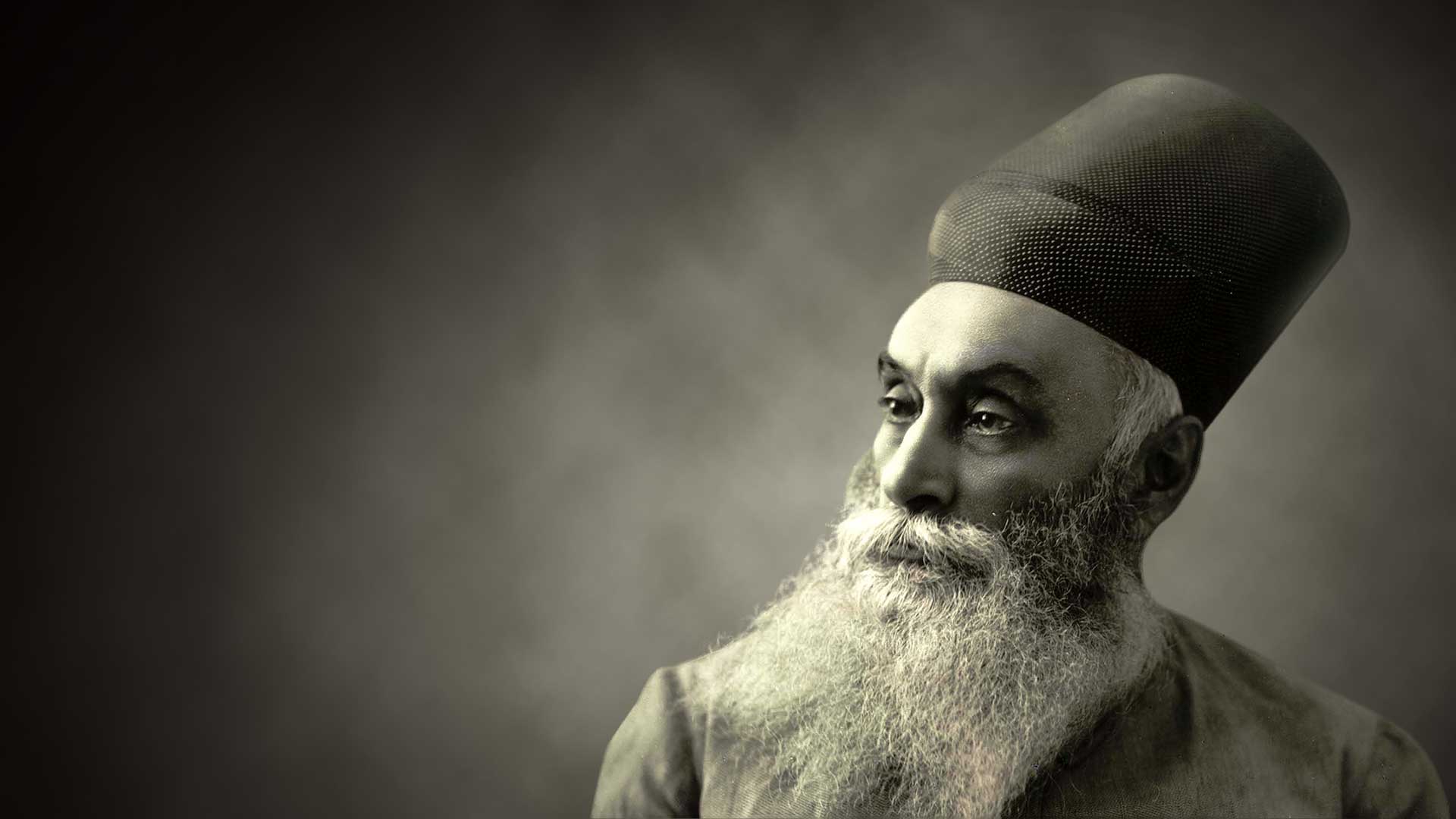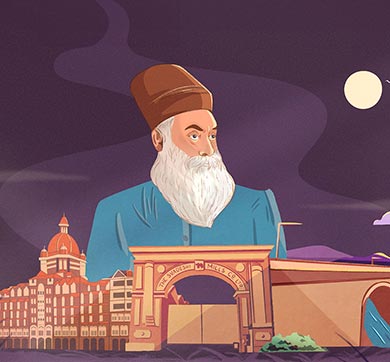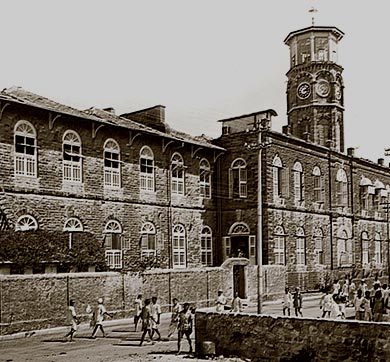1994 words | 8-minute read
Jamsetji Tata was more than just the entrepreneur who helped India take her place in the league of industrialised nations. He was a patriot and a humanist whose ideals and vision shaped an exceptional business conglomerate.
The industrialist in Jamsetji was a pioneer and a visionary, possessed of a spirit of entrepreneurial adventure and acumen never seen before or since in a native of colonial India. The nationalist in him believed unwaveringly that the fruits of his business success would enrich a country he cared deeply about. These attributes, by themselves, would have been enough to mark him as an extraordinary figure. But what made Jamsetji truly unique, the quality that places him in the pantheon of modern India's greatest sons, was his humaneness.
It is this characteristic from which stemmed Jamsetji's generosity of heart and his compassion for a citizenry labouring under the twin realities of oppressive foreign occupation and overwhelming poverty. The distinctive structure the Tata group came to adopt after Jamsetji's passing, with a huge part of its assets being held by trusts devoted to ploughing money into social-development initiatives, can be traced directly to the empathy embedded in the Founder's philosophy of business.
Tentative beginnings
Nothing of Jamsetji's childhood suggested he would create his own destiny. Born on March 3, 1839, in the sleepy town of Navsari in Gujarat, he was the first child and only son of Nusserwanji Tata, the scion of a family of Parsee priests. Many generations of the Tatas had joined the priesthood, but the enterprising Nusserwanji broke the mould, becoming the first member of the family to try his hand at business.
Raised in Navsari, Jamsetji joined his father in Bombay when he was 14. Nusserwanji got him enrolled at Elphinstone College, from where he passed in 1858 as a 'green scholar', the equivalent of today's graduate. The liberal education he received would fuel in Jamsetji a lifelong admiration for academics and a love of reading. Those passions would, though, soon take a backseat to what Jamsetji quickly understood was the true calling of life: business.
It was a far-from-opportune time for a young native to take his first, tentative steps into the volatile world that was business in the subcontinent. Jamsetji's entrepreneurial career began, in the words of JRD Tata, "when the passive despair engendered by colonial rule was at its peak". The Indian Mutiny of 1857 was but two years past when Jamsetji joined the small firm that his father, a merchant and banker, ran. He had just turned 20.
In 1868, aged 29 and wiser for the experience garnered by nine years of working with his father, Jamsetji started a trading company with a capital of Rs21,000. His first expedition to England soon followed, where he learnt about the textile business.
He was convinced that there was tremendous scope for Indian companies to make a dent in the prevailing British dominance of the textile industry. Jamsetji made his move into textiles in 1869. He acquired a dilapidated and bankrupt oil mill in Chinchpokli, in the industrial heart of Bombay, renamed the property Alexandra Mill and converted it into a cotton mill.
Two years later, Jamsetji sold the mill for a significant profit to a local cotton merchant. He followed this up with an extended visit to England, and an exhaustive study of the Lancashire cotton trade. The quality of men, machinery and produce that Jamsetji saw during this sojourn was impressive, but he was certain he could replicate the story in his own country. Jamsetji believed he could take on and beat the colonial masters at a game they had rigged to their advantage.
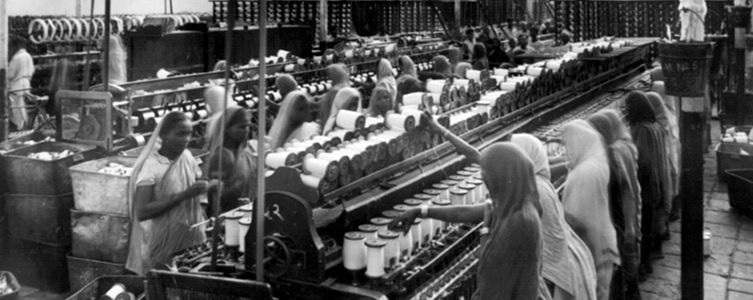
The Mills Of Change
The prevailing orthodoxy of the time determined that Bombay was the place to set up the new project, but Jamsetji's genius told him otherwise. He figured he could maximise his chances of success if he factored three crucial points into his plans: close proximity to cotton-growing areas, easy access to a railway junction, and plentiful supplies of water and fuel. Nagpur, near the heart of Maharashtra's cotton country, met all these conditions. In 1874, Jamsetji had floated a fresh enterprise, the Central India Spinning, Weaving and Manufacturing Company, with a seed capital of Rs1.5 lakh. Three years later, his venture was ready to realise its destiny. On January 1, 1877, the day Queen Victoria was proclaimed Empress of India, the Empress Mills came into existence in Nagpur. At the age of 37, Jamsetji had embarked on the first of his fantastic odysseys.
It was at Empress Mills that Jamsetji pioneered worker welfare initiatives, unheard of at the time. The period following the establishment of Empress Mills was the most significant of Jamsetji's busy life. In hindsight, it was also the most poignant.
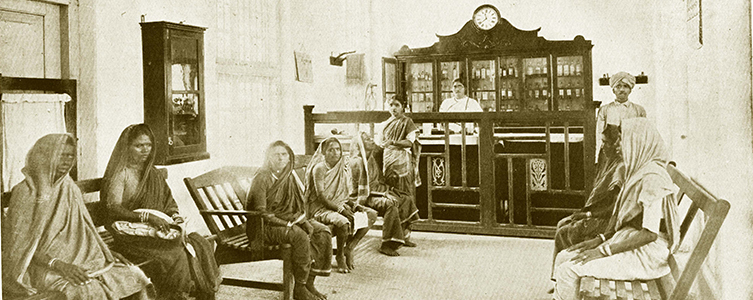
From about 1880 to his death in 1904, Jamsetji was consumed by what has to be the three great ideas of his life: setting up an iron and steel company, generating hydroelectric power, and creating a world-class educational institution that would tutor Indians in the sciences. None of these would materialise while Jamsetji lived, but the seeds he laid, the work he did and the force of will he displayed in fulfilling this triumvirate of his dreams ensured they would find glorious expression.
Man Of Steel
The iron and steel idea got sparked when Jamsetji, on a trip to Manchester to check out new machinery for his textile mill, attended a lecture by Thomas Carlyle. By the early 1880s, he had set his heart on building a steel plant that would compare with the best of its kind in the world. This was a gigantic task. The industrial revolution that had transformed Britain and other countries had, by and large, bypassed India. Officious government policies, the complexities of prospecting in barely accessible areas and sheer bad luck made matters worse. Jamsetji found his path blocked at every other turn by what his biographer, Frank Harris, called "those curious impediments which dog the steps of pioneers who attempt to modernise the East".
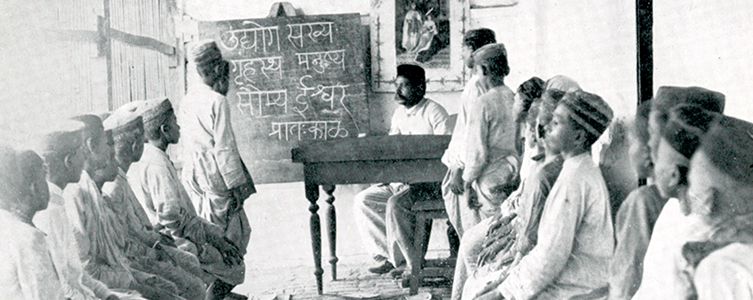
The torturous twists and turns the steel project took would have defeated a lesser man, but Jamsetji remained steadfast in his determination to see the venture come to fruition. Along the way he had to suffer the scorn of people such as Sir Frederick Upcott, the chief commissioner of the Great Indian Peninsular Railway, who promised to "eat every pound of steel rail [the Tatas] succeed in making". There is no record of where Sir Frederick was when the first ingot of steel rolled out off the plant's production line in 1912. Jamsetji had been dead eight years by then, but his spirit it was, as much as the efforts of his son Dorab and cousin RD Tata, that made real the seemingly impossible.
The brick-and-mortar endeavours that Jamsetji planned and executed were but one part of a grander idea. How much of a man of the future he was can be gauged from his views about his workers and their welfare. Jamsetji's offered his people shorter working hours, well-ventilated workplaces, and provident fund and gratuity long before they became statutory in the West. He spelt out his concept of a township for the workers at the steel plant in a letter he wrote to Dorab Tata in 1902, five years before even a site for the enterprise had been decided. "Be sure to lay wide streets planted with shady trees, every other of a quick-growing variety," the letter stated. "Be sure that there is plenty of space for lawns and gardens. Reserve large areas for football, hockey and parks. Earmark areas for Hindu temples, Mohammedan mosques and Christian churches." It was only fair that the city born of this sterling vision came to be called Jamshedpur.
Nurturing brilliant minds
Jamsetji's philanthropic principles were rooted in the belief that for India to climb out of poverty, its finest minds would have to be harnessed.
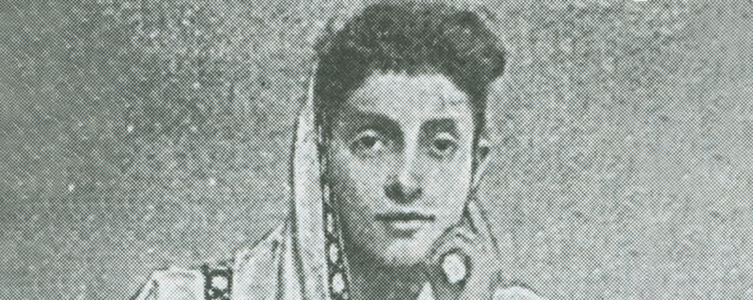
Charity and handouts were not his way, so he established the JN Tata Endowment in 1892. This enabled Indian students, regardless of caste or creed, to pursue higher studies in England. This beginning flowered into the Tata scholarships, which flourished to the extent that by 1924, two out of every five Indians coming into the elite Indian Civil Service were Tata scholars. The objective of creating the Indian Institute of Science came from the same source, but here, as with the steel plant, Jamsetji had to endure long years of heartburn without getting any tangible recompense in his lifetime.
Jamsetji pledged Rs30 lakh from his personal fortune towards setting up the institute, drew up a blueprint of the shape it ought to take, and solicited the support of everyone from the Viceroy, Lord Curzon, to Swami Vivekananda to turn it into reality. Swami Vivekananda, in his backing of the idea, wrote in 1899, "I am not aware if any project at once so opportune and so far reaching in its beneficent effects has ever been mooted in India... The scheme grasps the vital point of weakness in our national well-being with a clearness of vision and tightness of grip, the mastery of which is only equalled by the munificence of the gift that is being ushered to the public." Despite this and similar endorsements, it would take a further 12 years before the splendid Indian Institute of Science started functioning in Bangalore [now Bengaluru] in 1911.
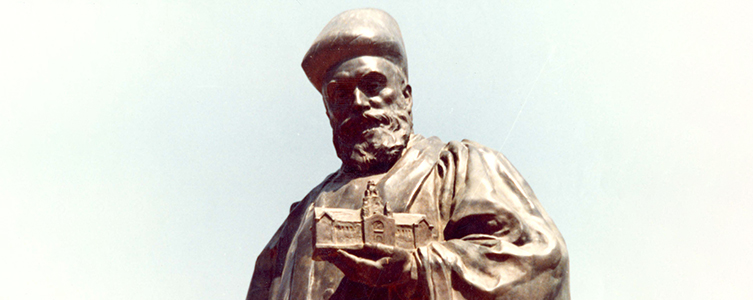
A Proud Icon
The hydroelectric project faced fewer hurdles, but that too could not be completed while Jamsetji was alive. Frank Harris put it succinctly in his biography when he wrote, "He was one whose work lived after him in such a way that it is well-nigh impossible to draw a dividing line between conception and maturity. The tributes paid to his memory always show how much the influence of the dead strengthened and inspired the deeds of the living."
Of the ventures that did bear fruit while Jamsetji was alive, the Taj Mahal Hotel in Bombay has to rank highest. Legend has it that Jamsetji set his mind on building it after being denied entry into one of the city's hotels for being an Indian. His sons, friends and business associates were sceptical. His sisters chided him by asking, "Are you really going to build a bhatarkhana [eating house]?" The Taj turned out to be a bit fancier than that. By the time of its completion in 1903, it had cost Rs4.21 crore. Soaked in luxury, it was the first building in Bombay to use electricity and the first hotel in the country to have American fans, German elevators, Turkish baths, English butlers and whole lot of other innovative delights.
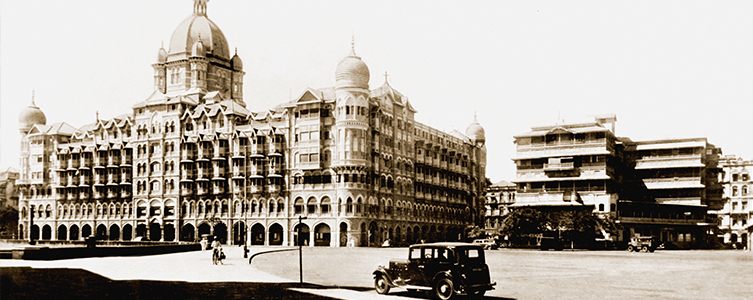
Jamsetji's business successes shrouded the assortment of passions and commitments that he carried and nurtured across a fascinating life. He had an abiding love for Bombay, for travel and, most of all, for new ideas. His was a mind constantly seeking knowledge and daring to push the frontiers of achievement, right up to his demise in Germany in 1904. "Money is like fire, an element as little troubled by moralising as earth, air and water," said the American essayist Lewis H Lapham. "Men can employ it as a tool, or they can dance around it as if it were an incarnation of God." Jamsetji Nusserwanji Tata employed the wealth he created to enrich India and her people.
Subscribe To Stories From Tata.com
Every week, we bring you a selection of stories that offer insight into the Tata group’s businesses, community initiatives, rich heritage and diverse workforce.
Occasionally, emails will contain promotional content from our group companies and partners, special offers or discounts. However, we will not share your email ID or other identifiable data with any third party. We follow an authentication process that requests you for your consent before we add you to our database.

